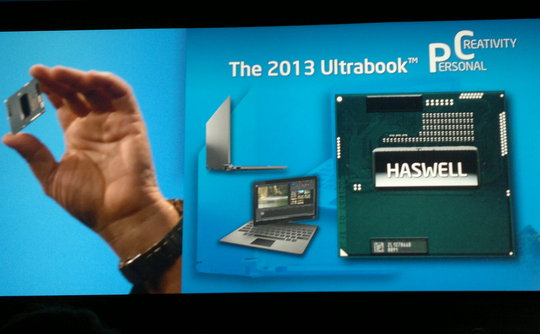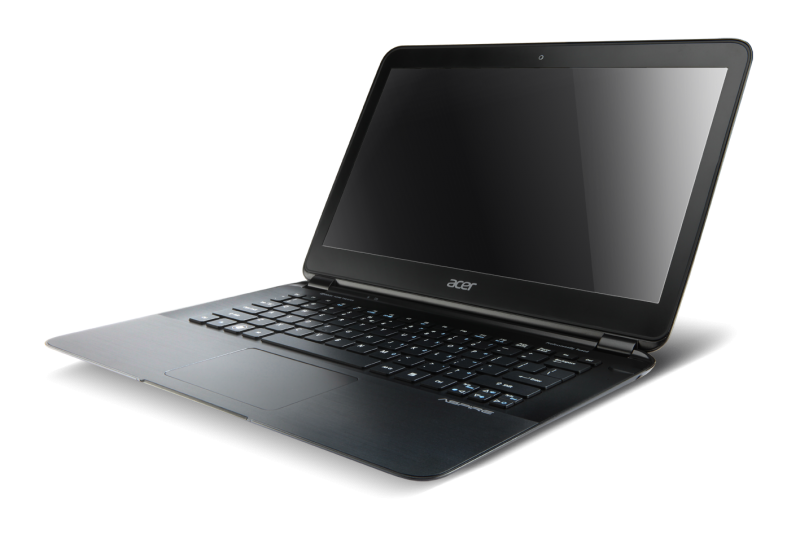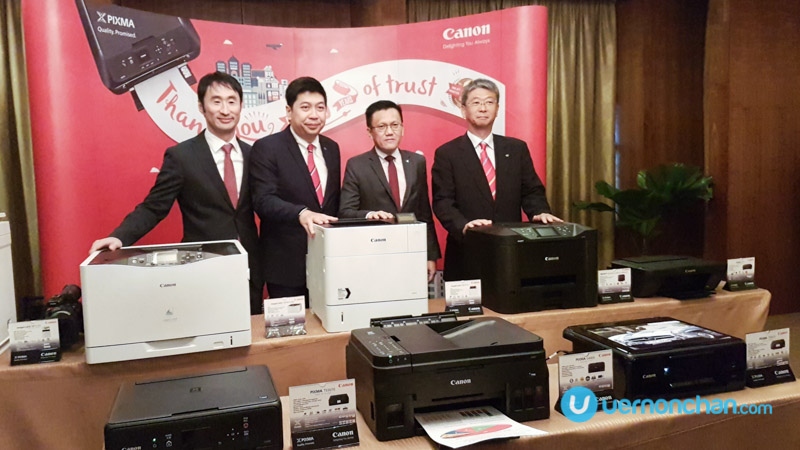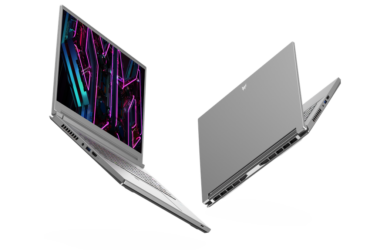
KUALA LUMPUR, Sept. 12, 2012 – At the Intel Developer Forum in San Francisco, Intel Corporation revealed its new line of low-power processors including the 22nm 4th generation Intel Core processor family based on the next-generation “Haswell” microarchitecture. Intel Core processors power today’s slew of Ultrabooks, laptops and mobile devices.
[ad#Google Adsense 336×280]
Intel Corporation’s chief product officer, David (Dadi) Perlmutter said Intel reduced the platform idle power of its 4th generation Intel Core processor family by more than 20 times over the 2nd generation while delivering outstanding performance and responsiveness. Intel will add a new line of even lower-power processors based on the same microarchitecture to its roadmap starting in 2013.
Both new product lines underlines Intel’s focus to deliver low-power, high performance chips to meet today’s power, battery life, processor, graphics and media performance requirements. Smaller, low-powered chips also mean new applications and more mobile designs.
Both new products underscore the company’s focus to aggressively drive power consumption down to enable longer battery life and a wave of new, more mobile designs, while delivering ever-increasing processor, graphics and media performance.

Last year saw Intel put its money behind the Ultrabook, powered primarily by its 3rd generation Intel Core processors. Intel declared 2012 to be the year of the Ultrabook, and thanks to the marketing muscle and incentives by Intel, the Ultrabook market has seen tremendous growth.
The 22nm 4th generation Intel Core processor family based on “Haswell” will bring Intel HD graphics support, faster encryption and performance, new hardware based security features and more power efficiency for longer battery life when it hits the market in 2013. Ultrabooks and other PCs will certainly benefit with the new architecture next year.
Aside from the Intel Core processor family, Intel detailed the next-generation Intel Atom processor codenamed “Clover Trail”. Clover Trail is a new system-on-chip (SoC) designed specifically for Window 8, based on Intel’s 32nm process technology.
The personal computing experience is shifting to one based on perceptual computing where devices will take on human-like senses to perceive the user’s intentions, according to Perlmutter, adding that Intel is driving these capabilities across Intel platforms both now and into the future.
Intel also announced the Intel Perceptual Computing Software Development Kit (SDK) beta for the Intel Core-based developer community. The SDK, targeted for release early next quarter, will enable hardware and software developers to bring gesture interaction, facial and voice recognition, and augmented reality to life on existing and future Intel Core processor-based Ultrabook systems and PCs.









